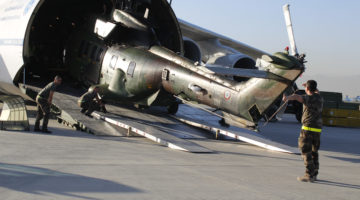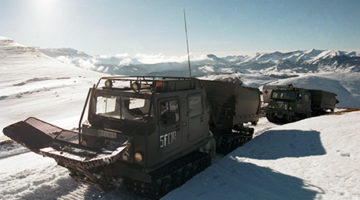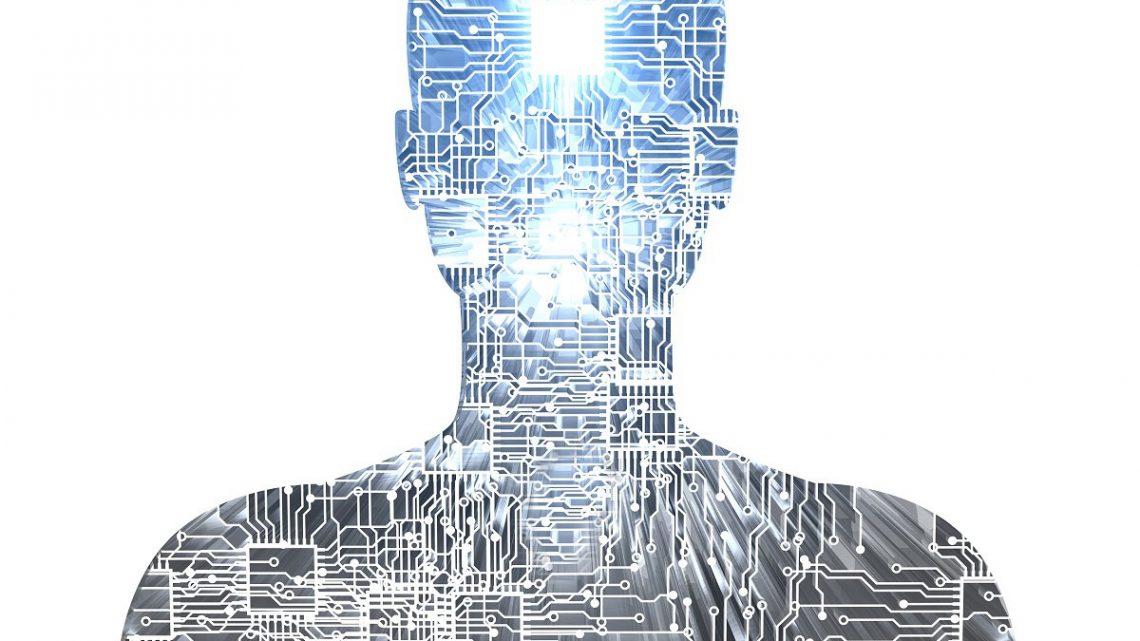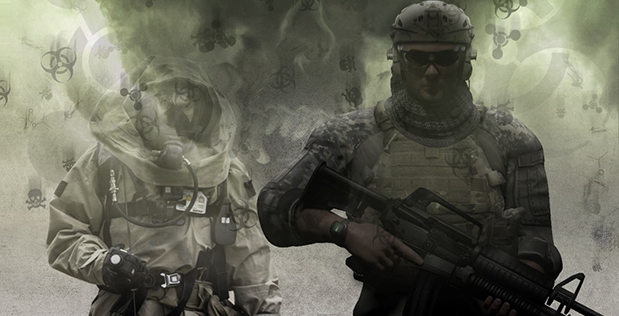(Source: C4ISRnet – Daniel Cebru) – DARPA wants to connect human brains and machines
As unmanned platforms, cyber systems and human-machine partnering become more prevalent in 21st century war fighting, the effectiveness of combat units will be determined by how quickly information can be processed and transmitted between air-breathers and machines. To achieve the high levels of brain-system communication that will be required on future battlefields, the Defense Advanced Research Projects Agency has launched a new program to develop a noninvasive neural interface that will connect soldiers with technology.
The goal of the Next-Generation Nonsurgical Neurotechnology (N³) program is to “pursue a path to a safe, portable neural interface system capable of reading from and writing to multiple points in the brain at once,” according to Dr. Al Emondi, a program manager in DARPA’s Biological Technologies Office.
“We’re asking multidisciplinary teams of researchers to construct approaches that enable precise interaction with very small areas of the brain, without sacrificing signal resolution or introducing unacceptable latency into the N3 system.” (…)
The most significant challenge, according to a DARPA press release, will be overcoming the physics of scattering and weakening of signals as they pass through skin, skull and brain tissue. If this initial challenge is surmounted, the focus of the program will shift to developing algorithms for encoding and decoding neural signals, evaluating system safety through animal testing and ultimately asking human volunteers to test the technology. (…)
DARPA wants the four-year project to conclude with a demonstration of a bidirectional system being used to interface human-machine interactions with unmanned platforms, active cyber defense systems or other Department of Defense equipment.
Recognizing the potentially wide ethical, legal and social implications of such neurotechnology, DARPA is also asking independent legal and ethical experts to advise the program as N³ technologies mature.
READ FULL ARTICLE >>> www.c4isrnet.com
Illustration © Devrinb, ibid












